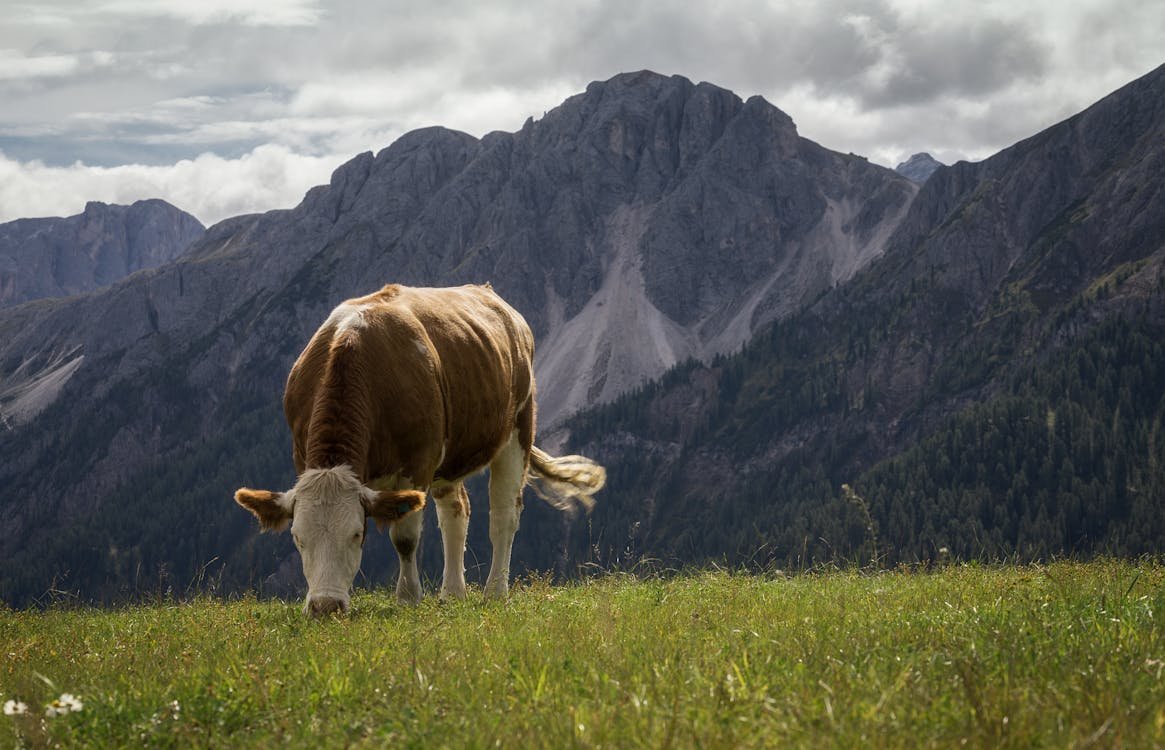Cattle farming is a vital part of agriculture, and understanding the gestation period of cows is essential for any farmer looking to manage their herd effectively. This guide provides a comprehensive overview of cow pregnancy, covering key aspects from the signs of estrus to calving and postpartum care.
1. Cow Pregnancy Basics
- Gestation Period: The average gestation period for cows is approximately 283 days, though it can vary between 279 to 287 days depending on the breed and individual cow.
- Factors Influencing Gestation: Age, health, and environmental conditions can affect the duration and outcome of pregnancy.
2. Signs of Estrus
- Heat Cycle: Cows have a heat cycle lasting about 21 days. Recognizing signs of estrus is crucial for successful breeding.
- Behavioral Indicators:
- Increased vocalization
- Restlessness and increased activity
- Swollen vulva and discharge
- Standing heat (allowing other cows to mount)
3. Breeding Techniques
- Natural Breeding: Involves allowing a bull to mate with cows during their heat cycle.
- Artificial Insemination (AI): A more controlled method, AI involves depositing sperm directly into the cow’s reproductive tract, allowing for the selection of superior genetics.
4. Monitoring Pregnancy
- Confirmation of Pregnancy: Pregnancy can typically be confirmed through veterinary ultrasound as early as 30 days after breeding, or by physical examination at around 60-90 days.
- Signs of Pregnancy:
- Changes in appetite
- Physical changes such as an enlarged abdomen
- Behavior changes like increased maternal instincts
5. Nutrition and Care During Gestation
- Balanced Diet: Proper nutrition is critical. Pregnant cows require a balanced diet rich in energy, protein, vitamins, and minerals to support fetal development.
- Body Condition: Maintaining an optimal body condition score (BCS) helps ensure a healthy pregnancy. Cows should not be too thin or too fat.
- Veterinary Care: Regular veterinary check-ups are essential to monitor the health of both the cow and the developing fetus.
6. Preparing for Calving
- Signs of Approaching Calving: As the calving date approaches, look for signs such as swelling of the udder, relaxation of the pelvic area, and increased restlessness.
- Calving Kit Essentials: Prepare a calving kit that includes:
- Clean towels
- Calf puller
- Disinfectants
- Nutritional supplements for the calf
7. Calving Process
- Stages of Labor: The calving process typically consists of three stages:
- Stage One: Preparation and dilation of the cervix, which can last several hours to a day.
- Stage Two: Delivery of the calf, usually taking 30 minutes to 2 hours.
- Stage Three: Expulsion of the placenta, occurring within a few hours after calving.
- Assistance: Be prepared to assist if there are complications during delivery.
8. Postpartum Care
- Immediate Care for the Calf: Ensure the calf nurses within the first hour for colostrum intake, which is crucial for immunity.
- Monitoring the Cow: Observe the mother for any signs of postpartum complications such as retained placenta or infections.
Conclusion
Understanding cattle gestation is crucial for successful herd management. By monitoring signs of estrus, providing proper nutrition, preparing for calving, and ensuring postpartum care, farmers can promote healthy pregnancies and successful calving. This not only benefits the cows and calves but also contributes to the overall productivity and profitability of the farm.

